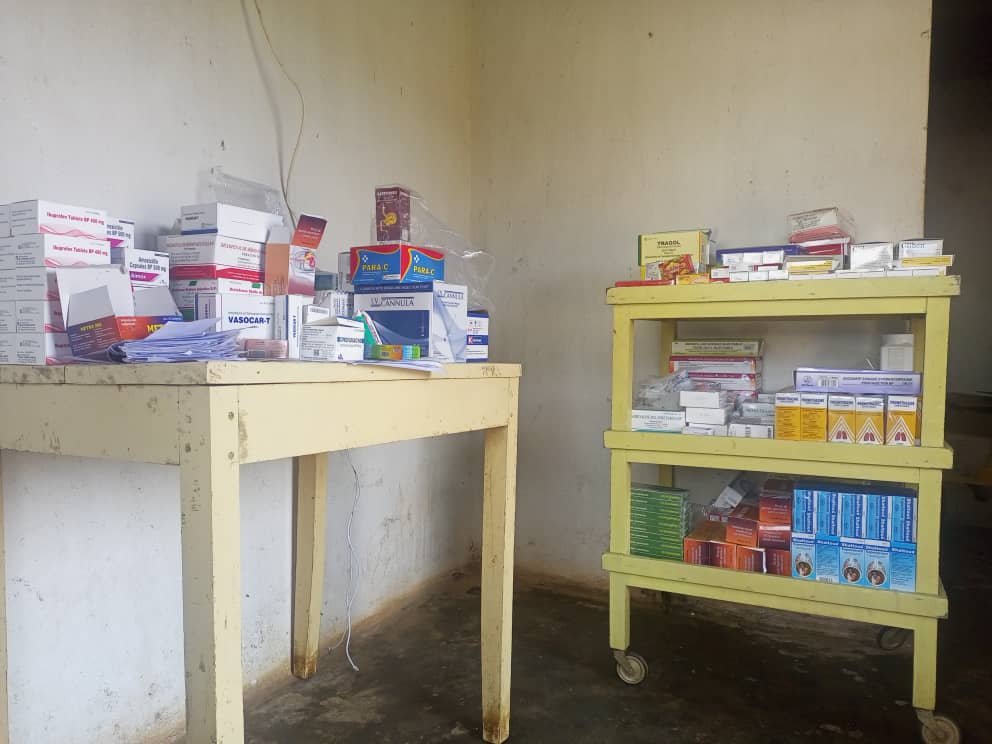
Consequences of fake medicines and pharmacy role – Pt. 1
Low-quality medicines and their impact on people’s health
Our drug markets are flooded with cheap products, particularly low-quality antimicrobials, antibiotics and antimalarials. These drugs not only put patients at risk, they also promote drug resistance and thus pose a threat to the health of future generations. Low-quality drugs often contain variable doses that are too low, and those that are adulterated may be diluted.
In all cases, the selective exposure of pathogens to sub-therapeutic doses of drugs enables the growth of sub-resistant organisms. Consideration of the fact that a certain drug of poor quality has contributed to resistant forms of tuberculosis. Today, malaria resistance threatens to wipe out the positive results of artemisin-based therapies, and jeopardize the efforts of global malaria control programs. This is due to incorrect doses being taken, or antibiotics being administered at the wrong frequency or for too short or too long a time.
Africa continues to face the challenge of access to quality medicines, a challenge that has been exacerbated by the development of chronic diseases, epidemics and demographic and epidemiological transitions that have taken place where there are no health structures. This situation only increases the morbidity rate, which today stands at 24%.
It will be recalled that in 2014 in the Ituri region (DRC), an epidemic of meningitis was caused by the contamination of haloperidol, an antipsychotic neuroleptic presented as diazepam (an anxiolytic from the Benzodiazepine family) frequently distributed in the region. The tablets appeared to come from an Indian laboratory officially marketing haloperidol, but were repackaged in bottles stamped “diazepam” and sold by a distributor based in Kampala (Uganda).
Falsified and substandard medicines contain toxic ingredients. Some of the most striking examples of pharmaceutical crime involve deliberate poisoning. But by far the most common problem is that of medicines that don’t work or don’t take the correct dosage. Clearly, inferior drugs lead to treatment failure and can cause the disease to progress. On the other hand, life-saving drugs can be of poor quality, which can be an overlooked cause of high mortality in low-income nations.
It will be essential to act on investment in the pharmaceutical industries at continental (regional) level, encouraging firms to locate drug production locally, given that demand for medicines far exceeds local production capacity. This would help reduce the double burden of the omnipresent morbidity and decrease the phenomenon of smuggling.
Finally, there is an increase in the scale of diseases associated with poverty, such as malnutrition, infectious diseases like HIV/AIDS, malaria, diarrhea and pneumonia, not to mention neglected tropical diseases, which are mainly prevalent in tropical zones, where they affect over a billion people living in impoverished communities. They are generally caused by a variety of pathogens such as parasites, bacteria, viruses, fungi and toxins.
All these problems are exacerbated by the lack of access to medicines and vaccines, and by the lack of diagnostic tools. Day by day, we are noticing that the burden of disease is becoming worrying in many respects. Failure to meet health needs leads to high morbidity and mortality, which in turn leads to a vicious circle of poverty, illness, disability and death.
Disease has devastating health, social and economic consequences. Many challenges continue to limit access to quality medicines in our communities. The urgent need for access to medicines for the population due to the high disease burden, is a potential avenue that can facilitate the circulation of fake and counterfeit medicines, as the presence of porous supply chains only exacerbates the situation.
This means that, as efforts to reduce the incidence and prevalence of disease intensify, it is necessary to invest in solutions and strategies aimed at guaranteeing uninterrupted access to effective, safe, quality and affordable medicines and vaccines, not forgetting the training of health personnel, such as pharmacists (with knowledge of medicines, their origin and directions for use, who can easily detect counterfeit drugs in circulation).
